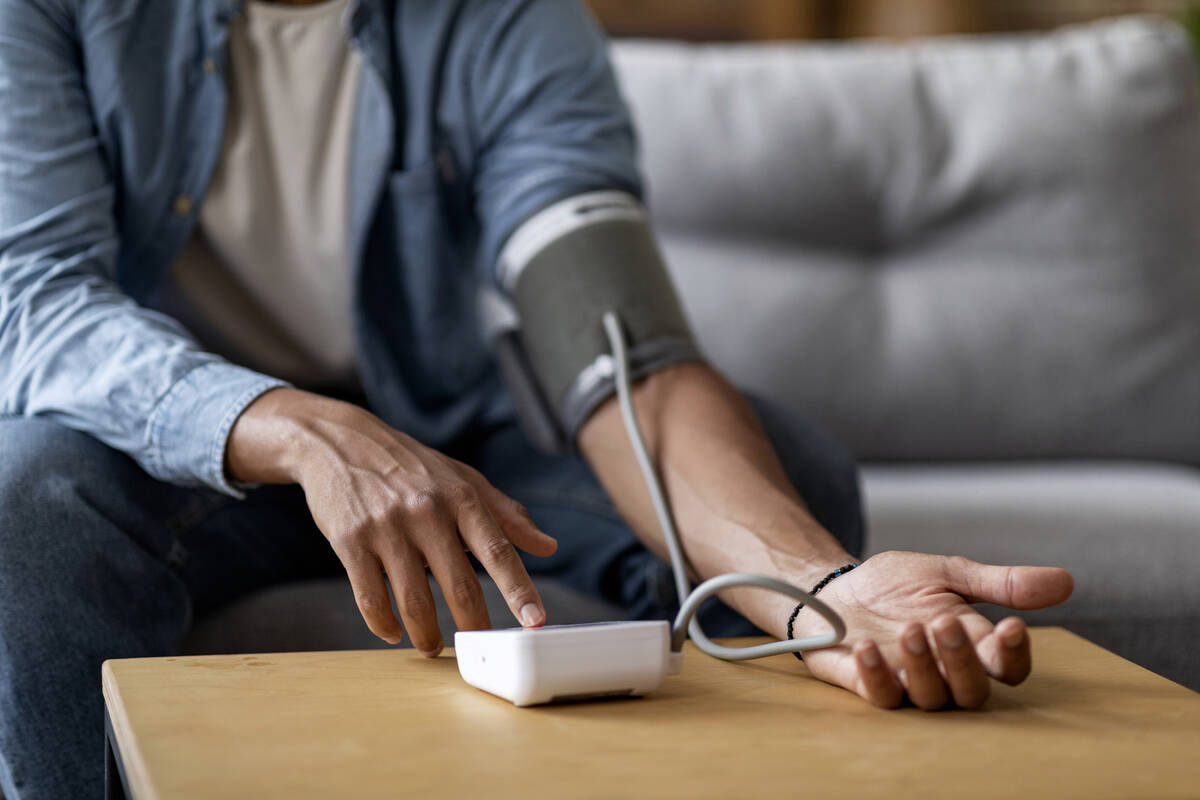Dear Savvy Senior: Can you offer me any tips on choosing and using a home blood pressure monitor? I just found out I have high blood pressure, and my doctor recommended I get a home monitor so I can keep tabs on it. — Just Turned 63
Dear Just Turned 63: Everyone with high blood pressure (130/80 or above) should have a home blood pressure monitor. Home monitoring can help you keep tabs on your blood pressure in a comfortable setting. Plus, if you’re taking medication it will ensure that it’s working and alert you if a health problem arises.
Here are some top-rated blood pressure monitors to consider and tips to help you take an accurate reading:
Best monitors
The most accurate and easiest to use home blood pressure monitors are electric/battery-powered automatic arm monitors, which are more reliable than wrist or fingertip monitors. With an automatic arm monitor, you simply wrap the cuff around your biceps and, with the push of one button, the cuff inflates and deflates automatically, giving you your blood pressure reading in a matter of seconds.
Many automatic monitors also come with additional features such as irregular heartbeat detection that checks for arrhythmias and other abnormalities, a risk category indicator that tells you whether your blood pressure is high, a data-averaging function that allows you to take multiple readings and get an overall mean, multiple user memory that allows two or more users to save their readings and downloadable memory that lets you transmit your data to your smartphone or computer.
The top five automatic arm monitors as recommended by Consumer Reports for 2025 are the Omron Platinum BP5450 ($90), Omron 10 Series BP7450 ($70), Omron Evolv BP7000 ($70), A&D Medical UA767F ($55) and Omron 3 Series BP7100 ($55).
You can purchase these blood pressure monitors at pharmacies, medical supply stores or online and you don’t need a prescription to buy one. Prices may vary.
How to measure
After you buy your monitor, it’s a good idea to take it to your doctor’s office so they can check its accuracy and make sure you’re using it properly. Here are some additional steps to follow to ensure you get accurate measurements at home:
■ Be still: Don’t exercise, smoke or drink caffeinated drinks or alcohol for at least 30 minutes before measuring. Empty your bladder and ensure at least five minutes of quiet rest before measurements.
■ Sit correctly: Sit with your back straight and supported (on a dining chair, rather than a sofa). Your feet should be flat on the floor and your legs should not be crossed. Your arm should be supported on a flat surface (such as a table) with the upper arm at heart level. Make sure the middle of the cuff is placed directly above the bend of the elbow.
■ Don’t measure over clothing: Put the cuff directly on your bare skin. Putting it over clothes can raise your systolic (upper) number by up to 40 mmHg.
■ Measure at the same time: It’s important to take the readings at the same time each day, such as in the morning before taking medications or evening before dinner.
■ Take multiple readings: Each time you measure, take at least two readings one minute apart and record the results.
For more information on high blood pressure numbers, visit heart.org/HBP.
Send your senior questions to: Savvy Senior, P.O. Box 5443, Norman, OK 73070, or visit SavvySenior.org.

